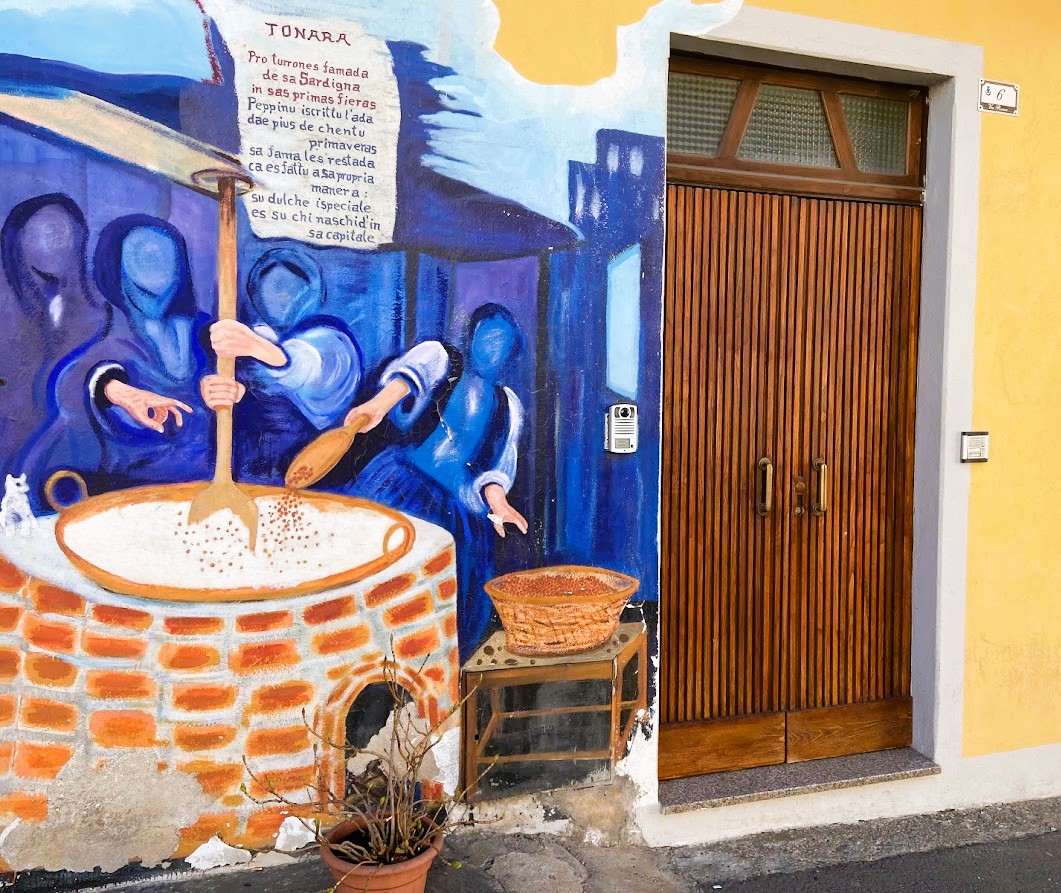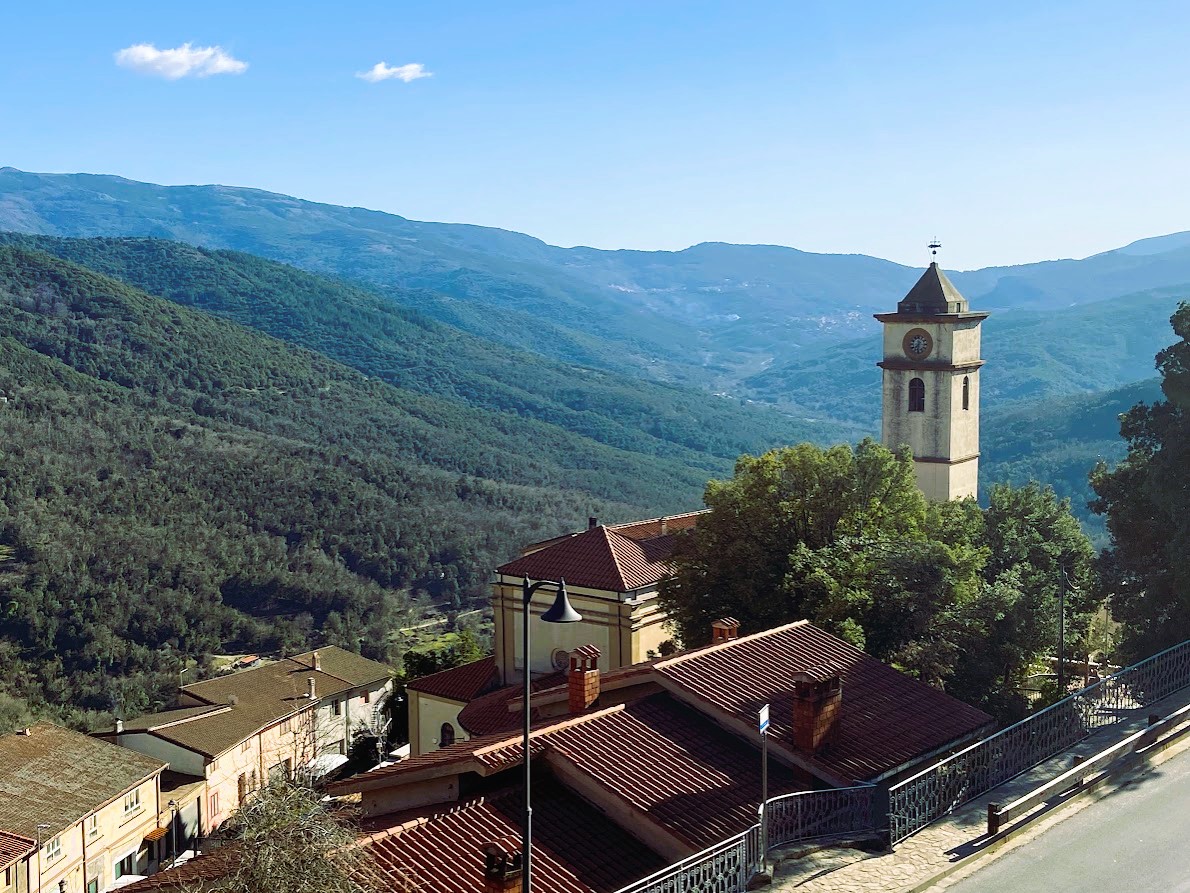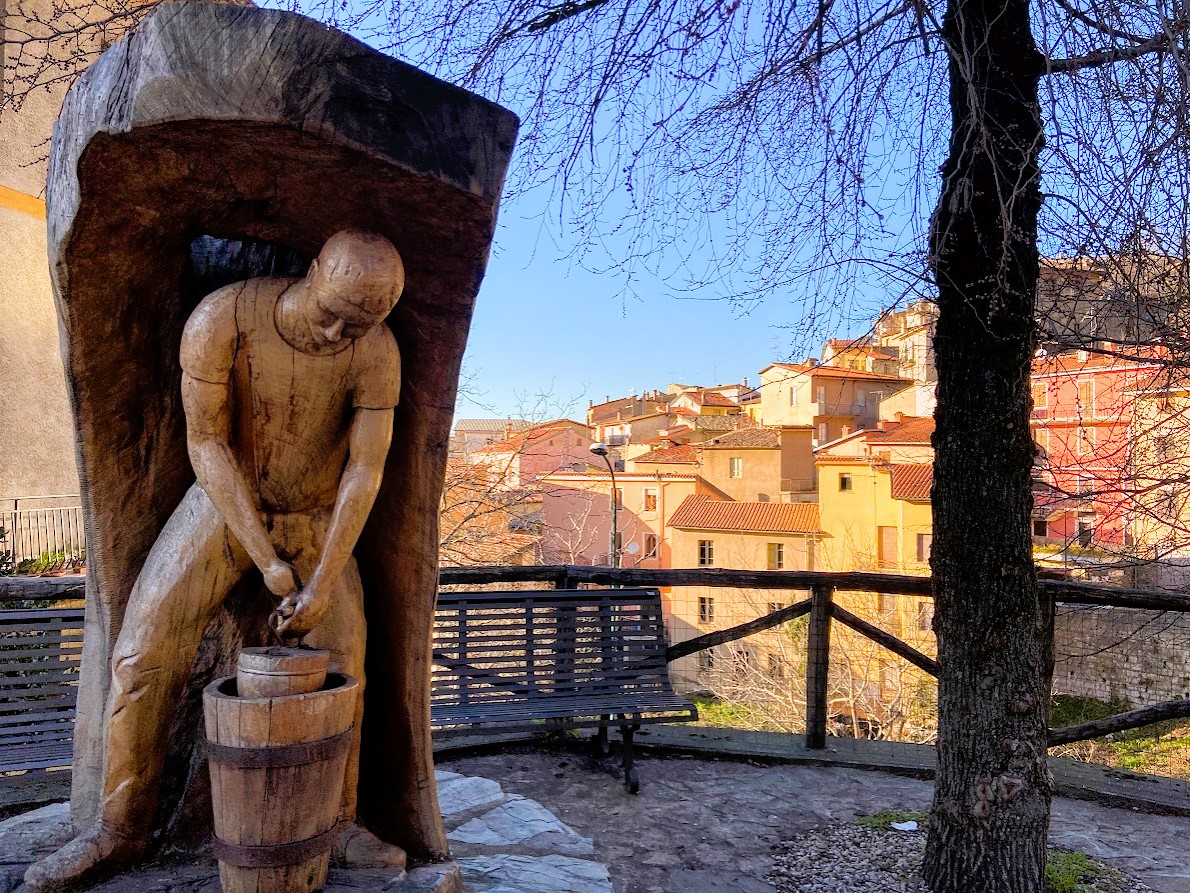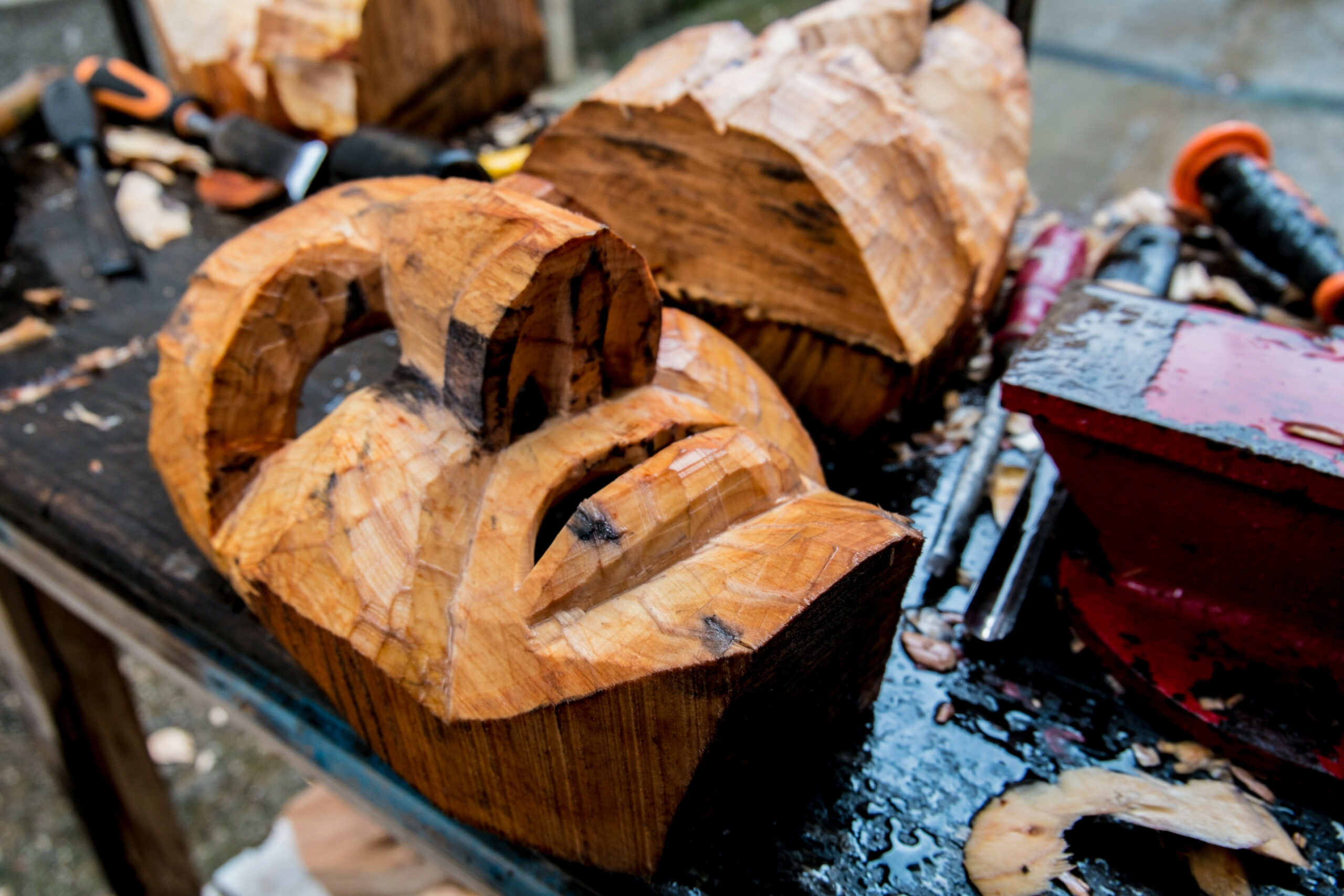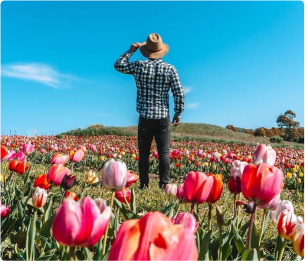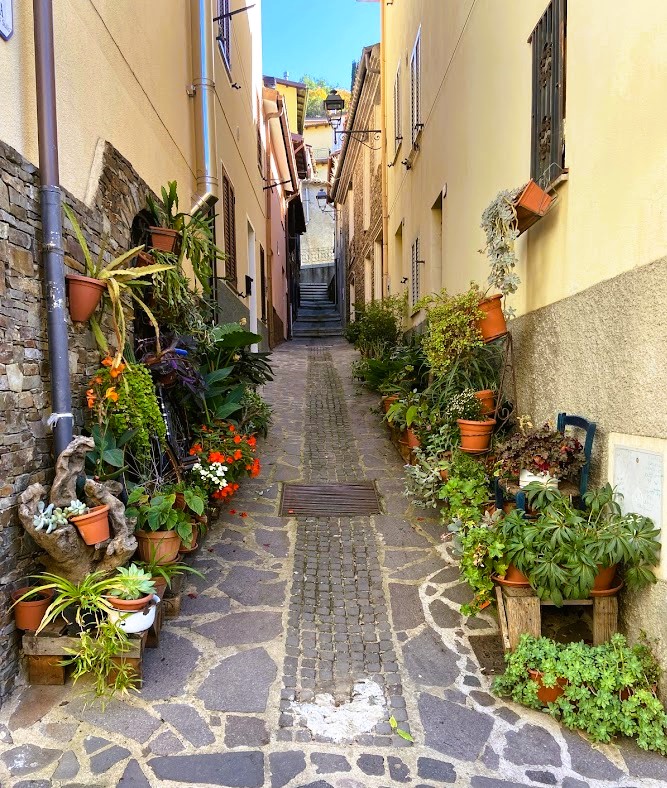
Barbagia
Barbagia. Barbagia lies in the centre of Sardinia. Vast territory that extends over the slopes of Gennargentu mountain massif in the heart of the island and the smaller hills around it. Its name comes from the time when Sardinians were attacked by the Carthaginians and the Romans and were forced to hide inland. In fact, the Barbagia area is divided into many parts: Barbagia di Belvì, Bitti, Nuoro, Ollolai and Seulo, including the territory of Mandrolisai west of Gennargentu. Narrow streets of historic villages, their granite houses with wine cellars and courtyards will enchant you. Just as in Gavoi, the homr of Fiore Sardo cheese. In Orgosolo, the streets will talk to you through mural paintings on the walls, recounting the story of life, culture and political claims. From the town, you will go to the Montes forest and enjoy a wonderful view from the top of the Nova santu Juvanne mountain. Barbagia is the territory par excellence for the cannonau wine: Mamoiada, Oliena and Dorgali are internationally recognized production centres. If you like outdoor activities, visit Supramonte, where white rocks, green vegetation and blue skies offer suggestive chromatic contrasts. In Oliena you will find the Su Gologone spring, the Lanaittu valley, where the oldest human remains on the island were found, and the Tiscali village, where, according to legend, the last Sardinian people escaped to hide from the conquerors. You will reach the impressive Nuraghe Mereu made of white limestone and the impressive canyon of Gorropu with walls up to 450 meters high, the realm of the golden eagle. For a better insight into the culture of Barbagia, visit the Museum of Sardinian Life and Folklore in Nuoro. And to fully satisfy your curiosity, don’t miss the carnival costumes, whose origins are lost in pagan fertility rites. Through sheepskins, cowbells and masks depicting deformed or animal faces, the opposition of good and evil, death and life, winner and loser is symbolized. The most famous costumes are Mamuthones from Mamoiada, Thurpos from Orotelli and Merdules from Ottana. You can be admire them all in the Museum of Mediterranean Masks in Mamoiada. Another tradition of Barbagia region is the Canto a Tenore, which is on the UNESCO Intangible World Heritage List. The origin is lost in time: shepherds gathered and sang when they were away from home in winter. If you don’t hear them live, don’t worry, there is a multimedia museum of Canto a Tenores in Bitti.
